Construction notes
Knitted main section is worked flat Starts with 2 stitches Gradually widens to 24 stitches Ends with 2 stitches Crochet edging One row of double crochet One row of slip stitches and flames Faggot stitch results in a reversible fabric; the crochet flames, however, do not ! They are slightly “dished" and - to my mind - the “dished" side is the more attractive.
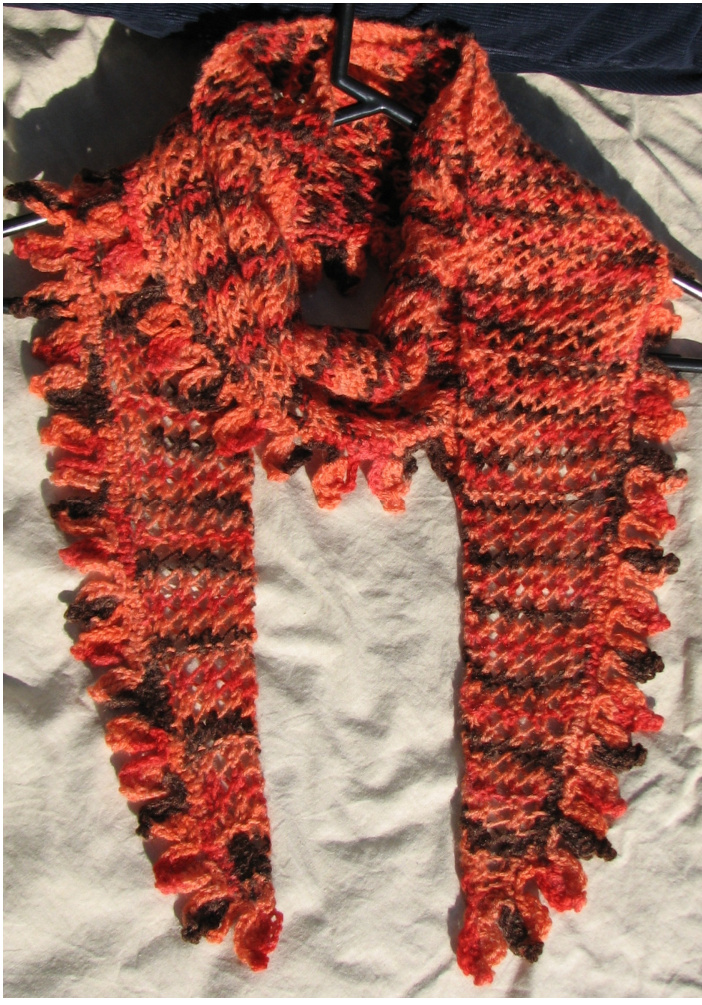
If you think one side of the knitted section looks better than the other ... call it the "right side" and start the double crochet edge on the “wrong" side. After turning the work, the flames will then be worked on the "right" side

Yarn
Approximately 65 gm / 195 metres acrylic double knitting yarn (11 wpi) For this pattern, the yarn is not particularly critical, but please see the top right of the chart if you'ld like details of my very expensive yarn !
Needles
Whatever works for the finish you prefer. My yarn recommended 4mm needles, but I actually used: 6.00mm knitting needles 5.50mm crochet hook
Gauge
Not particularly important, but with the yarn / needle combination I used (see chart), it was: 20 stitches $=4$ inchwide 20rows $=3.50$ inch long
Knit stitches
LaueUastull Garterstitch Faggot stitch with one edge stitch at each side ... K1, (YO, K2tog)\* number of repeats in row,K1 Make one ... lift and knit loop between stitches on left and right needle Crochet stitches (UK terminology) Chain Slip stitch Double crochet Double treble / Long treble
Crochet flames
Each flame is separated by 3 slip stitches and the base of each flame - including its slip stitches - is worked into the same single loop of double crochet. All slip stitches are worked into a single loop of double crochet. Slip stitch into double crochet loop (start of flame) Chain 4 Chain 3 Slip stitch into loop between the Chain 4 and Double treble (this puts the twist on the end of the flame) Double treble into double-crochet loop Chain 4 Slip stitch into double crochet loop (end of flame) Slip stitch into the next three double crochet loops Slip stitch into next (ie. $4^{\mathrm{th}}.$ double crochet loop. ready to commence the next flame
Pattern
See the chart for the knitted section of pattern, which is quite straightforward. To finish: 2 double crochet at each end of the scarf, 300 (approx) double crochet along the curved edge Don't be too paranoid about the number of double crochet along the curved edge; just make sure to put in enough to give a slightly ruffled finish. When the flames "pull in" the yarn, the excess ruffling will disappear. Start and finish the flame row as indicated by the chart. But.. as you approach the end, keep an eye on the number of double crochet stitches remaining. If there are insufficient to complete the pattern, slip stitch twice into one double crochet. If there are too many, either skip a double crochet or slip stitch 2 double crochet together !
Finishing
Weave in and cut yarn tails. If you like the finish at this point ... leave well alone and enjoy wearing it. If you prefer a thinner, flatter fabric together with a more defined lace stitch ... block it (and then enjoy wearing it I). To give an indication of the difference, I've included photos of the same acrylic yarn scarf both before and after steam blocking.
Comments
There's nothing particularly critical about this pattern. Consequently it can be made wider or thinner; longer or shorter; with larger or smaller needles; with a different stitch; with a different crochet/knit edging; with any yarn you happen to have handy. Just remember to do a test swatch first so you can roughly estimate the outcome of your endeavours !
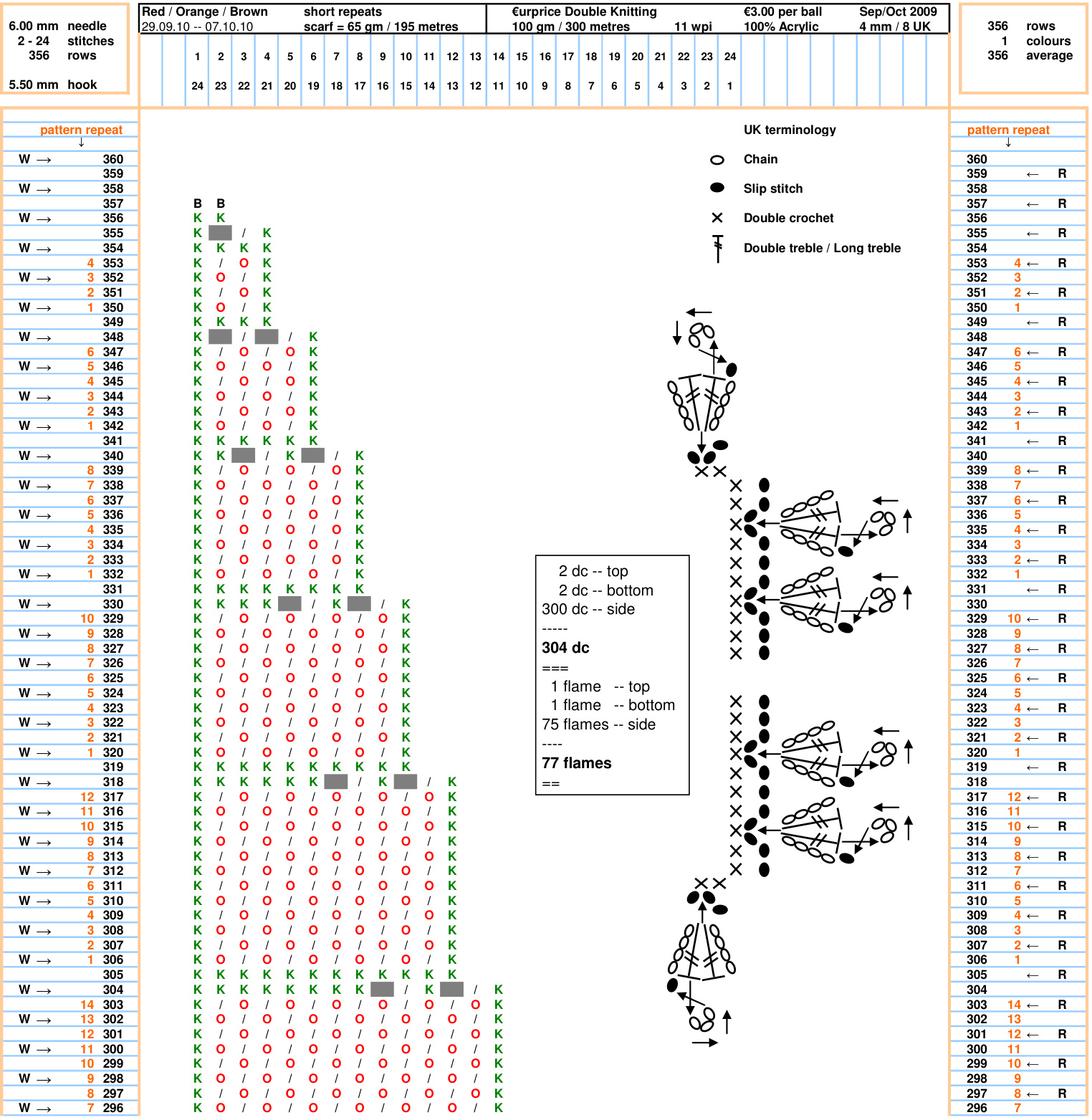
Copyright Anonany ravelry.com
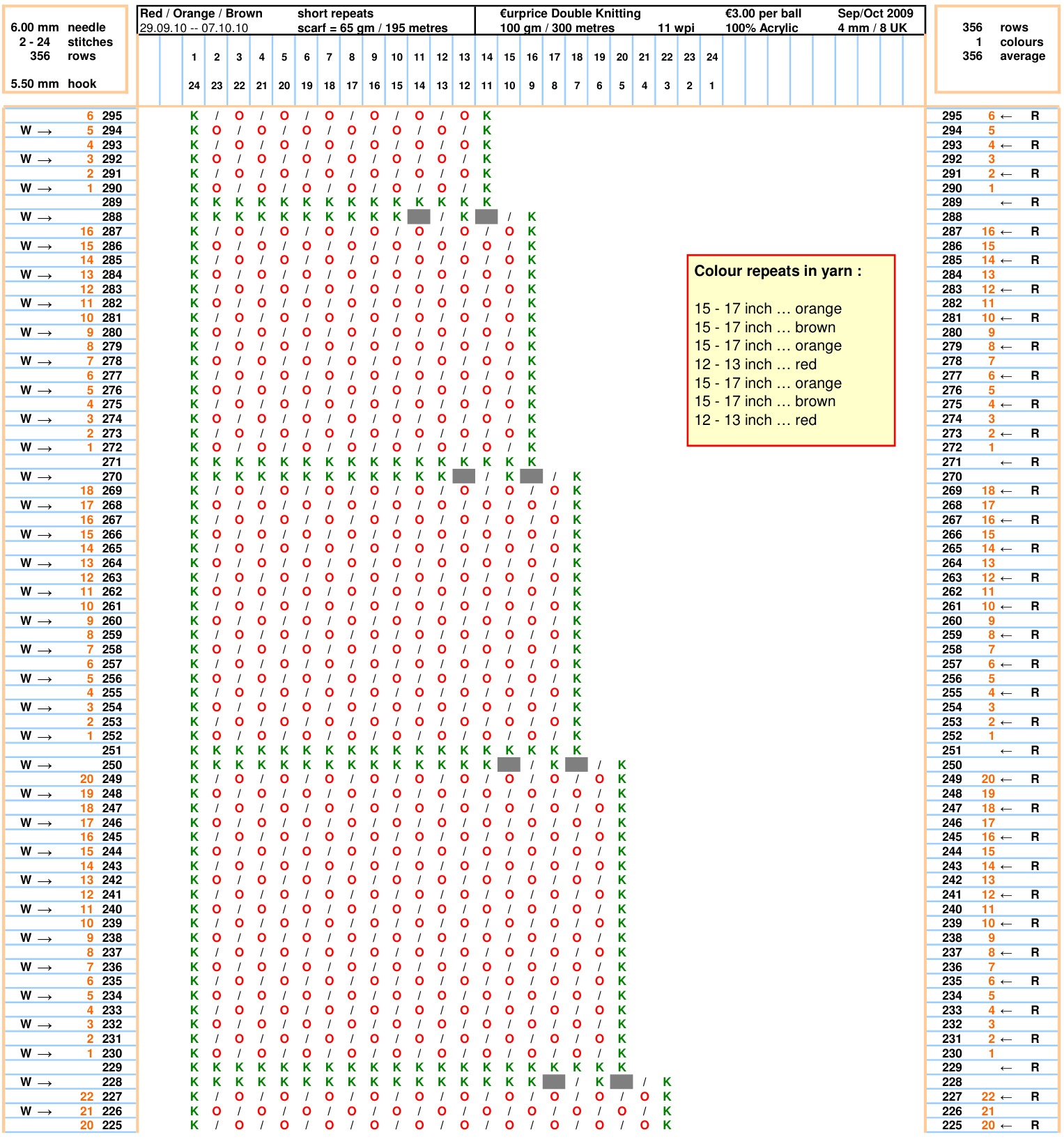
Copyright Anonany ravelry.com
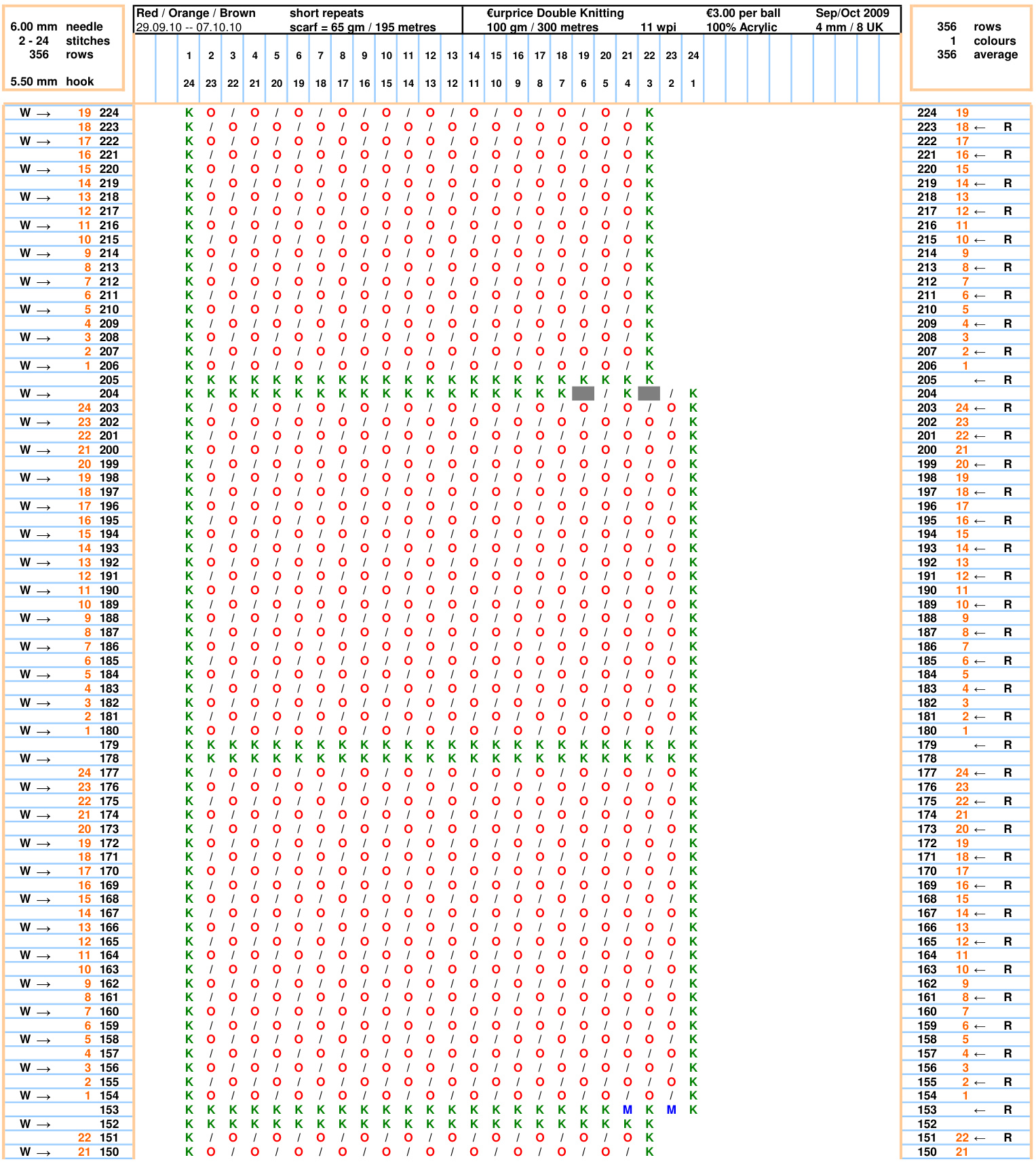
Copyright Anonany ravelry.com
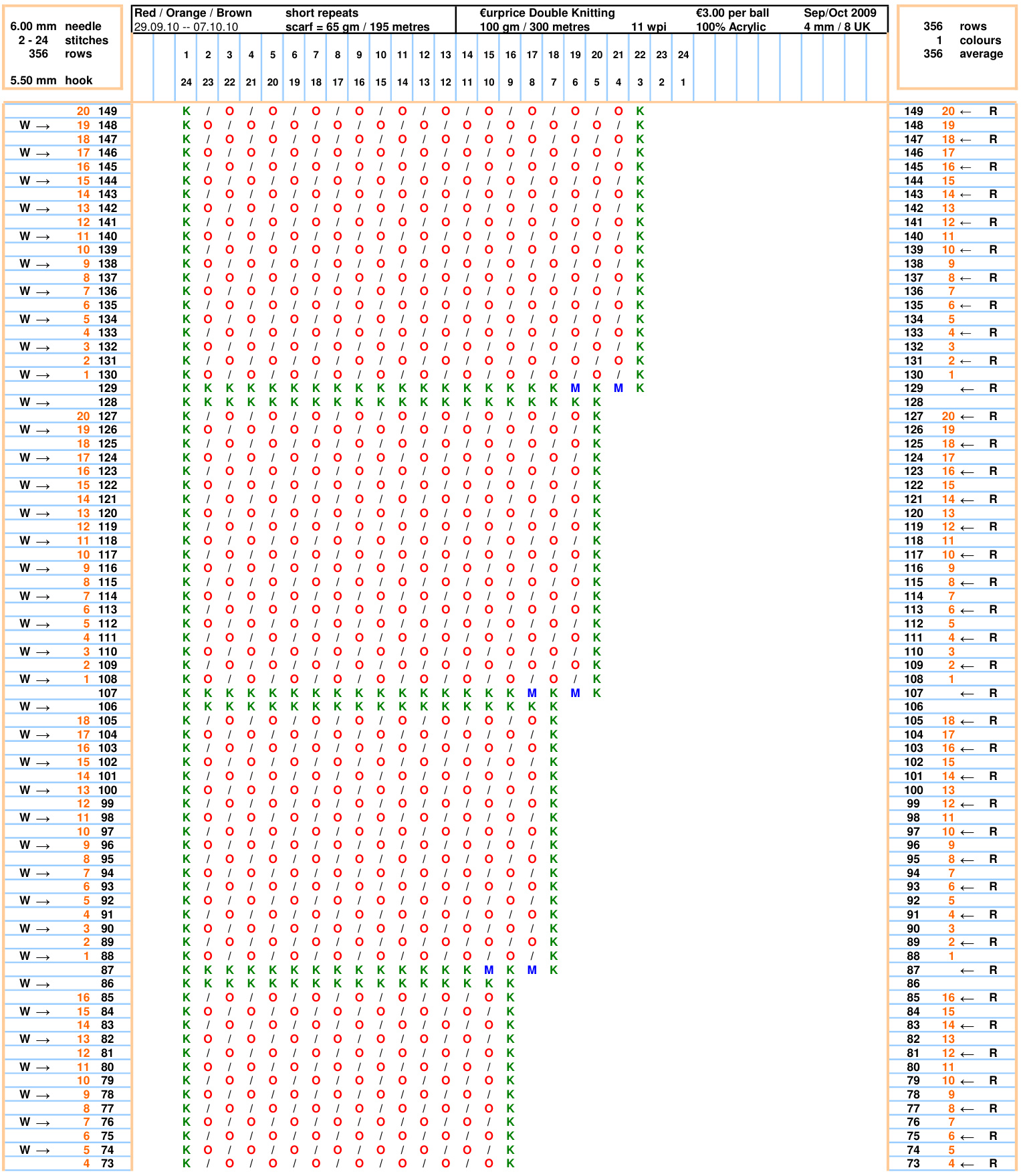
Copyright Anonany ravelry.com
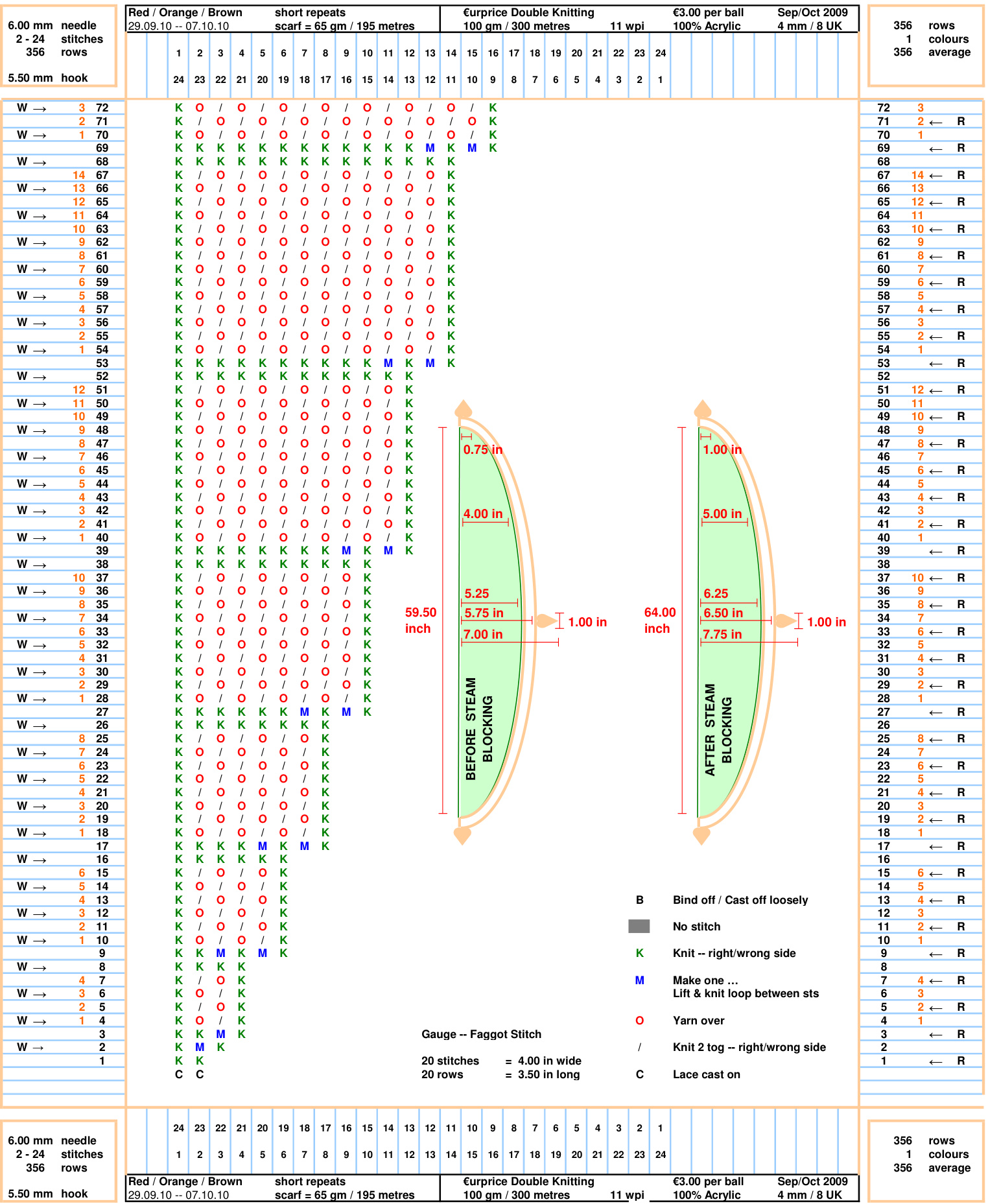
Copyright Anonany ravelry.com
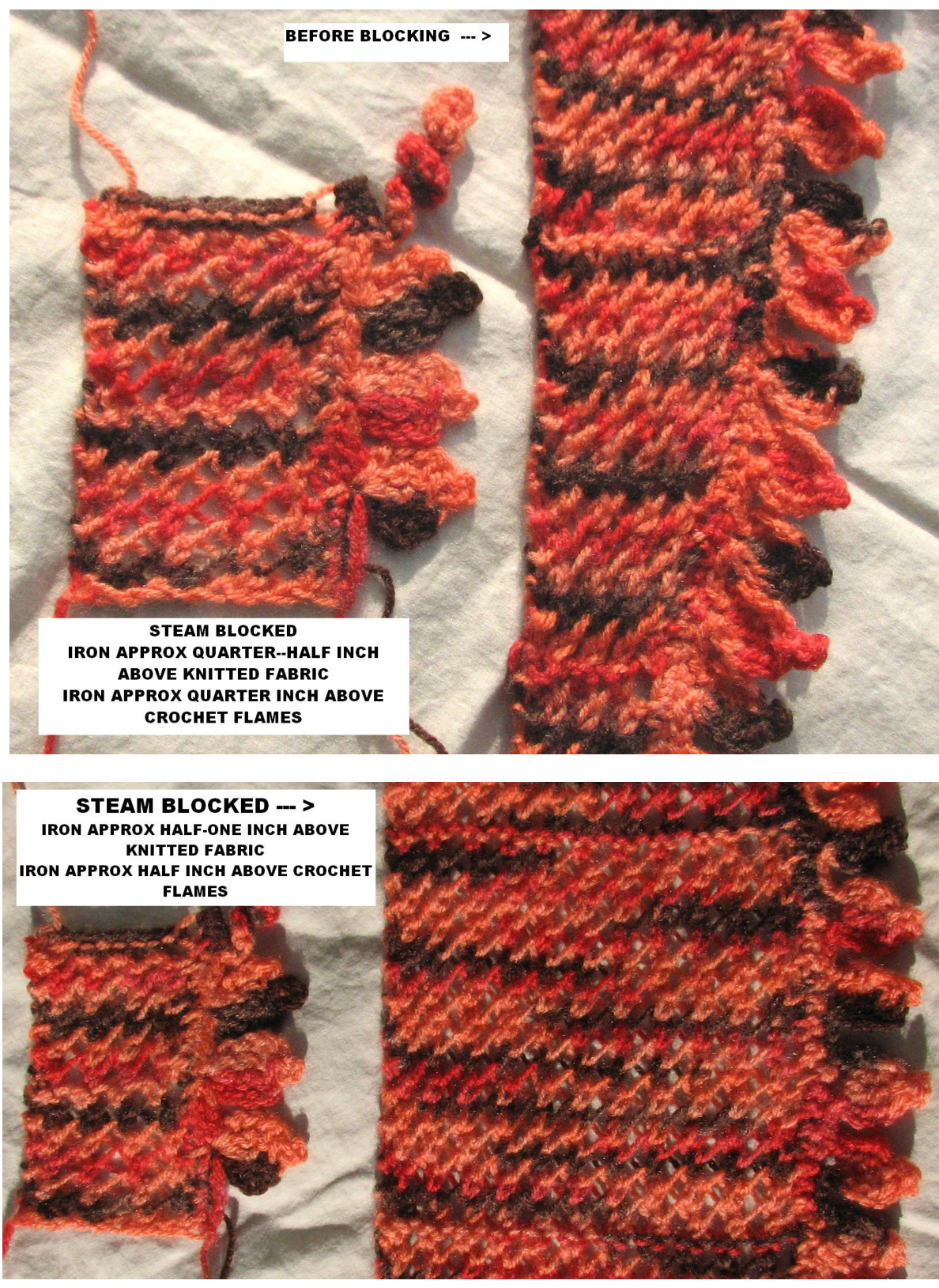
Acknowledgements
I used the "Lace cast on" described at: http://www.eunnyiang.com/knit/2006/03/majoring in lace part iv.html When steam blocking, I followed the excellent advice given at: http://techknitting.blogspot.com/2007/12/your-steam-iron-mighty-weapon-in-fight.html









